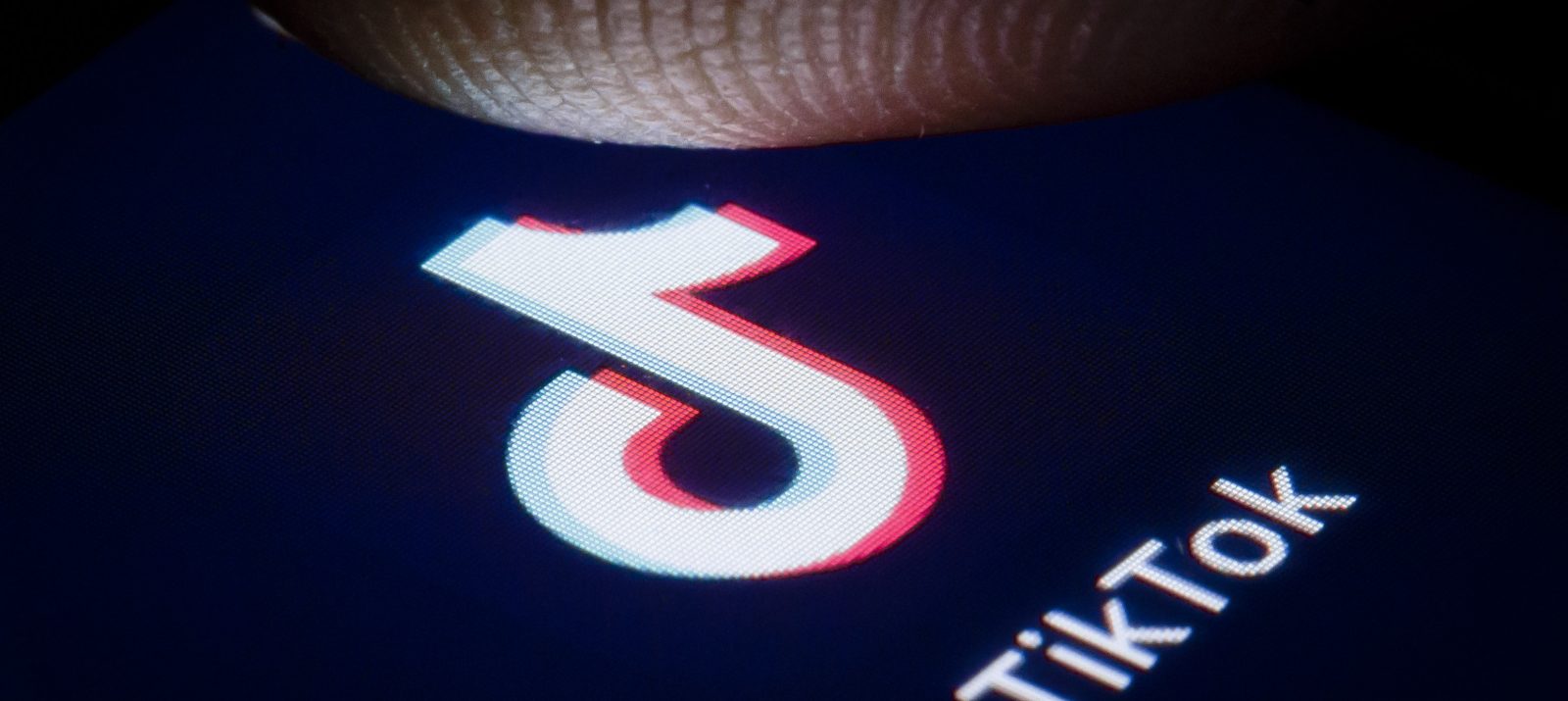
TikTok gehört noch immer zu den beliebtesten Apps unter Jugendlichen. Sie ist eine Plattform für kreative Kurzvideos aller Art.
TikTok ist Social-Media-Plattform und Video-App in einem: Userinnen und User können bei TikTok aus einer bunten Sammlung von bekannten Popsongs, beliebten Audios und Zitaten, z. B. aus Filmen, wählen. Dazu „singen“ oder „sprechen“ sie Playback und filmen ihre Choreografie innerhalb der App mit dem Smartphone. Aber auch komplett selbst kreierte Kurzvideos werden umgesetzt. Die meisten Videos sind ein paar Sekunden bis wenige Minuten lang. Bestimmte Clips lösen einen richtigen Hype aus, werden nachgeahmt oder im Sinne eines Trends oder einer Challenge weitergeführt.
Die Videos der TikTokerinnen und TikToker, deren Account öffentlich ist, lassen sich über einen Browser anschauen, ohne dass man bei der App angemeldet sein muss. Um selbst Videos zu erstellen, wird allerdings ein Account benötigt.
TikTok bringt immer mehr Funktionen heraus, z. B. sich im Duett mit anderen Usern filmen, die Clips anderer weiterführen (Stitch) oder Livestreams. Auch Unternehmen nutzen die Plattform, um darüber zu werben.
Jugendliche nutzen TikTok gern zum Spaß und für den Austausch untereinander. Auf TikTok lassen sich die jungen Nutzenden unterhalten, suchen nach Vorbildern, an denen sie sich orientieren können, stellen sich selbst dar und erhoffen sich positive Rückmeldung von anderen.
TikTok ist außerdem eine tolle Plattform, um die eigene Kreativität auszuleben. Die Hürde, ein eigenes Video zu erstellen und zu teilen, ist niedrig: In der App gibt es viele Videoeffekte und eine Musikbibliothek mit beliebten Songs, die sofort verwendet werden können.
Kinder und Jugendliche schätzen an TikTok, dass es darin weniger um Perfektion und Professionalität geht, wie auf Instagram oder YouTube, sondern Kreativität und Spaß im Vordergrund stehen. Die Videos sind näher am Alltag und die TikTokerinnen und TikToker werden als nahbarer empfunden.
There are a number of things you and your child should consider before using the app:
TikTok ist sich der Gefahr von verstörenden und unerwünschten Inhalten bewusst und passt seine Sicherheitseinstellungen immer wieder an. Folgende Sicherheitsfeatures stehen Jugendlichen und Ihnen als Eltern zur Verfügung:
Generell lassen sich Accounts melden und/oder blockieren und es gibt einen Filter für beleidigende Kommentare.
In der App wird nach der Registrierung durch einen roten Punkt auf die Einstellungen verwiesen. Im Sicherheitszentrum der TikTok-Website können Eltern Tipps nachlesen.
Personen, die selbst TikToks erstellen und veröffentlichen, können seit einiger Zeit „Alle Kommentare filtern“ und einzeln freigeben. Wer die TikToks anderer kommentieren möchten, wird vorher gefragt, ob dieser Kommentar auch wirklich veröffentlicht werden soll. Außerdem gibt es einen Hinweis auf die Community-Richtlinien, die unangemessene Sprache und Hate Speech verbieten.
TikTok steht wegen seiner Moderationsregeln in der Kritik, denn offenbar wird durch den speziellen Algorithmus stark kontrolliert, welche Videos die Nutzenden sehen können. Auf diese Kritik hat TikTok reagiert. Nutzende haben mittlerweile mehr Optionen, Einfluss auf die vom TikTok-Algorithmus angezeigten Inhalte in ihrem Feed zu nehmen:
Sie können Videos nun mit „nicht interessiert“ markieren oder konkrete Inhalte mit bestimmten Hashtags oder Wörtern automatisch herausfiltern. Seit März 2023 stellt TikTok eine Neustart-Option für den Für-Dich-Feed zur Verfügung. Wer findet, dass die vorgeschlagenen Videos sich wiederholen oder nicht mehr zu den Interessen passen, kann den Feed zurücksetzen und nutzt die App wie nach der erstmaligen Anmeldung. Trotz dieser Maßnahmen bleibt der Für-Dich-Feed Algorithmus-gesteuert und bleibt somit nach wie vor in der Hand des Anbieters. So filtert TikTok zum Beispiel immer wieder Videos von Menschen mit Beeinträchtigungen heraus und je nach Nutzungs-Land kann es sein, dass die Videos der Zensur ihrer dortigen Regierungen unterliegen.
Wenn Ihr Kind sich bei TikTok anmelden möchte, fragen Sie nach seiner Motivation. Sehen Sie sich vor dem Download gemeinsam die Nutzungsbedingungen an. Bei Handysektor finden Sie diese in einem kurzen Überblick. Um TikTok zu erkunden, ist es nicht notwendig, einen Account zu erstellen. Vielleicht ist das Surfen auf TikTok via Browser für den Anfang eine gute Option für Ihr Kind, um herauszufinden, ob ihm TikTok überhaupt gefällt.
Wenn es irgendwann einen Account geben soll, richten Sie diesen gemeinsam ein und probieren Sie zusammen die ersten Schritte aus. Geben Sie das richtige Geburtsjahr an. Für 13- bis 17-Jährige greifen gewisse Sicherheitsfeatures, die den Jugendschutz erhöhen. Eine Anleitung zu kindersicheren Einstellungen TikTok finden Sie auf medien-kindersicher.de.
Sprechen Sie mit Ihrem Kind über die möglichen Gefahren. Besonders wichtig ist, auf die Privatsphäre zu achten und in den Videos nicht zu viel von sich preiszugeben. Im privaten Modus ist mehr Kontrolle möglich. So ist die Kommunikation nur mit Freundinnen und Freunden möglich und Ihr Kind behält den Überblick darüber, wer die Videos sehen kann.
Versichern Sie Ihrem Kind, dass es sich jederzeit an Sie wenden kann, sollte es Beleidigungen erhalten oder belästigt werden. Zeigen Sie ihm außerdem, wie man unangemessene Inhalte blockieren und melden kann. Mehr Informationen dazu bietet der Leitfaden für Eltern von TikTok in Zusammenarbeit mit der FSM.
Um die eigene Privatsphäre und die von anderen besser zu schützen, muss bei einem Video nicht unbedingt immer das Gesicht zu sehen sein. Mit Hilfe von Emoji-Stickern oder anderen kreativen Lösungen ist das möglich.